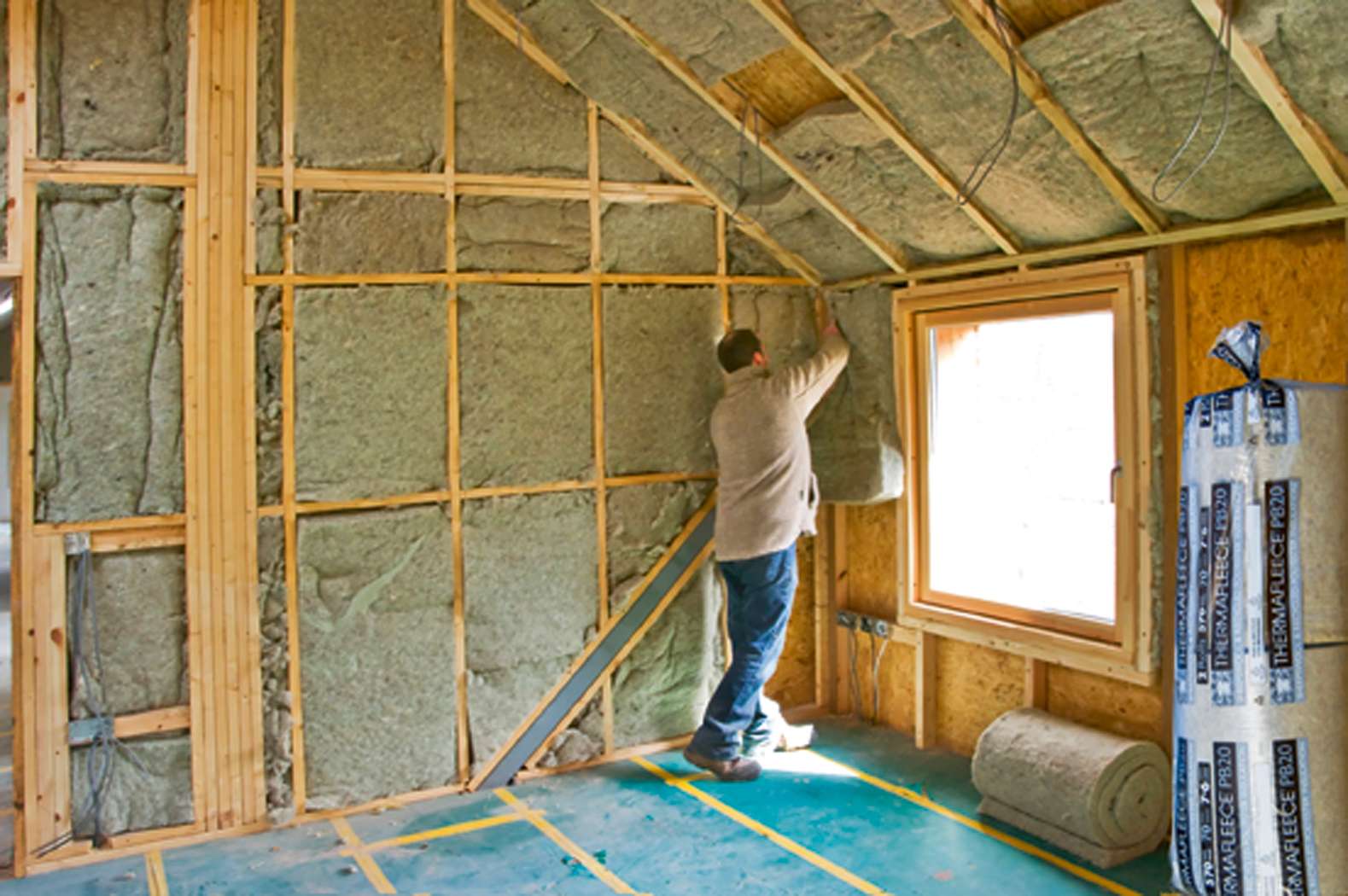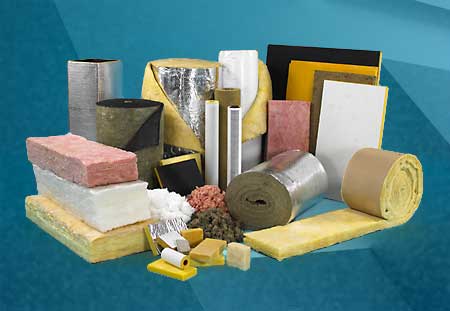 |
| http://sites.psu.edu/mfsblog/2015/02/12/insulation/ |
No one has parties to talk about insulation, and generally it is something we take for granted. And don't think we need to think about it. Right?
I mean we are talking about fluffy stuff in the attic, right?
Yeah. That.
Except, with climate change, where increased extreme weather temperatures (both hot and cold), increased energy costs (not everything will be solar and even if it is WHY WASTE IT?) and increased likelihood of loosing power (ice storm anyone?) will mean our homes will be more exposed than ever to "bad weather".
So having some extra insulation helps. Having more helps more. It's sort of hard to have too much.
Would I suggest you get insulation and add it to the insulation you have? Yes.
Would I suggest you have insulation in areas you don't think you need it? Absolutely.
Let's talk about your floor. If you live in the south east US. Likely, your house does not have much insulation under the floor. Why would you. In a single story 1980's suburban home, a foundation poured over a dirt "crawl space" and the house built over that was fine. Sure the attic has blown in insulation (that white fluffy stuff made from fiberglass usually), and there may be some insulation between the walls. But the floor? Why insulate that?
Because once you take of the wall to wall carpet that has been there 25 years and then the foam padding, and all you have is ply wood floors - you remember what cold floors feel like in January. Trust me on this one. And even if you put down fancy new flooring, it's still not as snug as if you had some nice thick insulation under there. Cold air seeps up in the winter, adding the the chill in the house.
 |
| https://www.energystar.gov/index.cfm?c=home_sealing.hm_improvement_sealing |
Several years ago, I decided to insulate the floors (which were down to the sub flooring, thanks to nasty carpet and a poorly trained Newfoundland) Using a tax credit, I bought the insulation at the local home improvement store - in batting that was the right width to fit between the floor joists (That the rafters under the floor that the floor boards sit on) and the bendy metal rods to hold them in place - ask the guys at the store, they will help you find the right stuff.
Check out The Energy Star web page on insulation for more details and to see if you actually need to do this. (You do)
And I spent a few days crawling around in the dirt under the crawl space, doing fantastic dirty yoga. The difference inside the house was amazing!! The floors were not freezing. And the sounds in the house were muffled as well.
Insulation is measured in R-values. The higher the R-value to higher the insulation. There is a great description of calculations for R-values and heat loss on the Mathematics for Sustainability student blog Thankfully, there are people who want to do this, so I don't have to. BUT a good rule of thumb is more insulation is better.
 |
| http://energy.gov/energysaver/insulation |
Since the attic is already insulated, I haven't tackled that. But I will soon. Insulation technology has increased drastically in the past 10 years, so I am really looking forward to adding in some new insulation when we have our roof replaced.
 |
| http://greenaircare.com/attic-insulation/ |
But the reality we are facing with climate change, means we need to improve insulation.
In the event of extreme heat or extreme cold, it will require less energy to cool or heat your home. In the event of warm or cool weather that needs air-conditioning or heating, it will require less energy and cost you less. It's definitely something worth investing in now so that you can save in the future.
 |
| http://www.homeenergyauditco.com/insulation.html |
 |
| http://www.smarterhomes.org.nz/publications/your-guide-to-a-smarter-insulation/ |
If you rent, ask your land lord to insulate your home/apartment/etc. If nothing else, throw rugs, bookshelves on outer walls, and fabric wall hangings can actually make a difference. We will spend more time on that soon. But not matter what, you need to do it.
You'll be glad you did it.
Especially when the weather turns ridiculous.
You'll be glad you did it.
Especially when the weather turns ridiculous.
